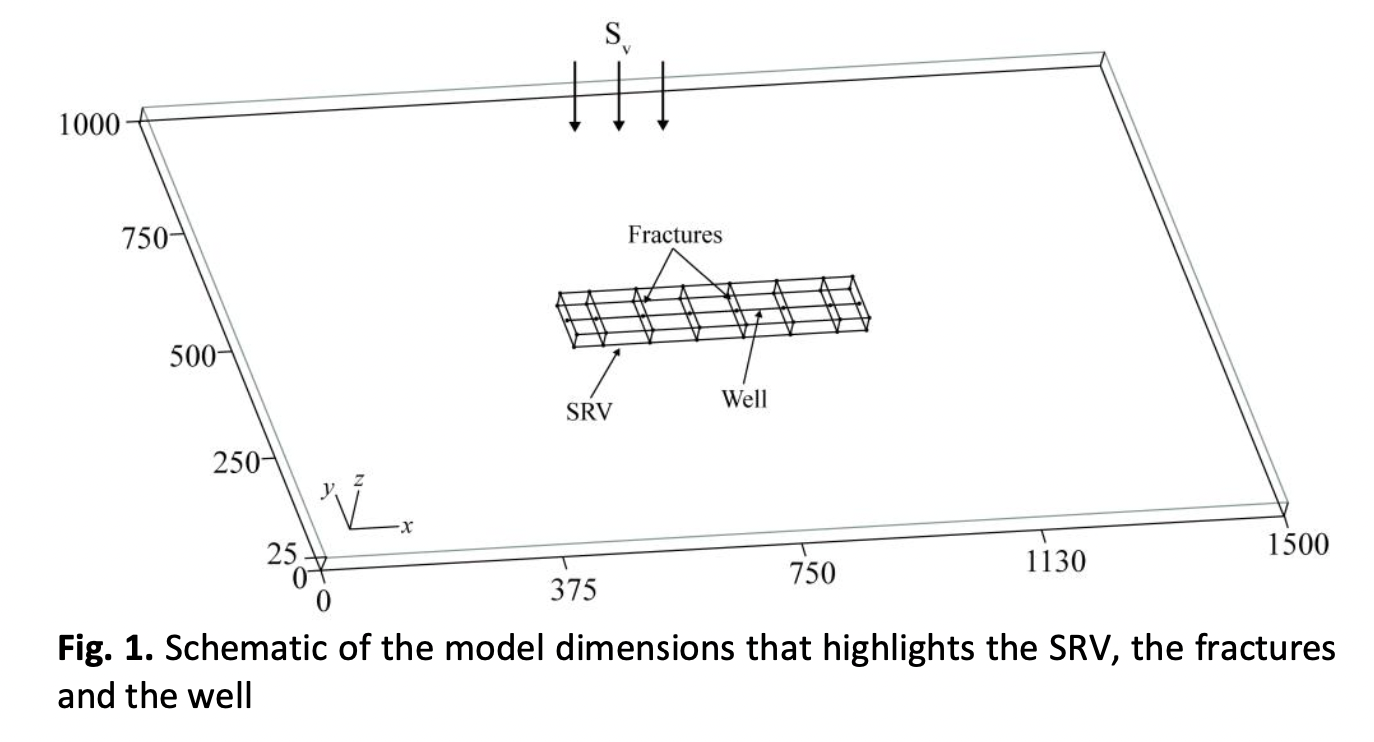Effect of Matrix Permeability on a Horizontal Shale Gas Well Performance using a Fully Coupled Fluid Flow with Geomechanics Model
DOI:
https://doi.org/10.37934/arfmts.107.2.208224Keywords:
Shale gas, matrix permeability, horizontal well, geomechanics, reservoir simulationAbstract
Recently, hydrocarbon production from unconventional oil and gas resources has emerged. The most common unconventional oil and gas resources are found in shale formations. These shale formations are well-known for being stress-sensitive. Usually, traditional tools are used to model and study production from such formations. However, conventional modeling techniques denote rock deformation using constant rock compressibility. Such an approach is useful for studying conventional hydrocarbon resources where formation stress sensitivity is insignificant. However, when it comes to modeling stress-sensitive formations such as shale formations, it is important to include the rock deformation and its effects on the overall fluid flow in porous media. To consider the rock deformation in the fluid flow model, the coupling of fluid flow with the geomechanics model has to be used. This study utilizes a fully coupled fluid flow with a geomechanics model. In addition, shale formations are also known to have an ultra-low matrix permeability, and production usually results from hydraulic fractures that act as flow conduits. Consequently, the effect of matrix permeability on hydrocarbon production is rarely studied. This study focuses on the effect of matrix permeability on the production performance of a single horizontal well in Barnett Shale. It also focuses on the effect of matrix permeability on production performance when the geomechanics effects are coupled with the fluid flow model and decoupled. The results show that the higher the matrix permeability, the better the production performance of the well. The results also show that the higher the matrix permeability, the higher the estimated cumulative production difference between the two models (when the geomechanics effects are coupled and decoupled).
Downloads

































